As the backlash against ESG and EDI grows – especially in the US – Rachel Bell explains how a values-driven approach is strengthening Stride Treglown’s culture and improving the service it offers clients
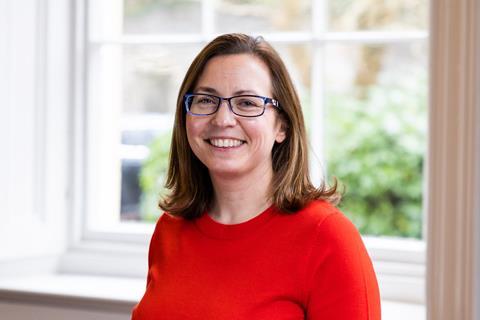
Stride Treglown was the first large UK architecture practice to become a certified B Corp. This was in 2021, and we are currently going through the re-certification process.
When we first became a B Corp, it was seen as a bit niche and almost certainly too “fluffy” for most practices. Now it seems that every day brings news of another practice becoming a B Corp, and a good few developers have signed up too.
But just as B Corp and its focus on people and planet hits the mainstream, ESG and EDI (or JEDI – justice, equity, diversity, and inclusion – as preferred by B Corp) are under attack, and not just from across the Atlantic.
What seems to have been missing from this discourse – that I hope to go at least part way to addressing here – is an understanding of what drives our (and I’m sure others’) commitment to ESG and EDI, either through the lens of B Corp or not. Put simply, we believe we perform better as a business – and we’re starting to gather the evidence to back this up.
Let’s look at these one at a time.
For us, the core of ESG is designing and constructing buildings and places that perform better, last longer, are more efficient (and cheaper) to run, and are attractive to the people that use them. In the commercial world, against a backdrop of shorter leases and changing patterns of work, investors are telling us they want buildings that are flexible, cost-effective and don’t need major upgrades every five years to keep them up to scratch or in line with evolving technology.
In practice, this means high EPCs as a given, more deep retrofits and changes of use – retaining the embodied carbon and the place-creating qualities of existing buildings – and more willingness to explore MMC in all its manifestations.
The same is true in the residential market. In our experience, investors and developers are increasingly aware that lower energy bills and high-quality spaces and amenities are attractive to buyers and tenants. And in the public sector, whether hospitals or schools, the dramatic rise in energy bills has had a huge impact on already tight budgets, again showing how important low energy design is.
Having a range of different voices contributing to our work undoubtedly leads to better outcomes
Research shows that the buildings people use can have positive and negative impacts on wellbeing and so improving patient outcomes and pupil performance have got to be at the heart of public sector design, again supporting ESG and putting EDI firmly on the agenda.
EDI seems to cause a particular kind of rage among the naysayers, being held responsible for all manner of ills across society. But has what this means in practice been lost and reduced to a punchbag for those with opposing views?
The diversity and inclusion we practise is multi-faceted. Within our design work, we want to make sure that we are creating spaces that allow everyone to go about their lives in the way that they want to.
Making a positive contribution to communities, towns and cities by considering how our developments can benefit people beyond immediate users isn’t an ideological position. It means that what’s being built is welcomed and well-used, again beneficial at all stages from planning to financial returns and longevity.
Within our business, we want to find and keep the best people and this means inclusive recruitment, flexible working policies, paying everyone fairly for the work that they do and embracing the varying needs of a multi-generational workplace.
We’ve found that a broad and flexible approach, which ensures that Stride Treglown is a workplace that works for everyone, together with a focus on ESG in our projects and working practices, is helping to build a more diverse team – and a stable one, with low staff turnover. This doesn’t just benefit us but also offers our clients continuity and familiarity, which they value.
Having a range of different voices contributing to our work undoubtedly leads to better outcomes. Fresh perspectives from people with a variety of experiences, backgrounds, cultures and ages are priceless as we design in a changing world.
>> Also read: Why architects must confront the changing political landscape
>> Also read: Why building inclusion should be seen as a professional obligation
Postscript
Rachel Bell is an architect and board director at Stride Treglown


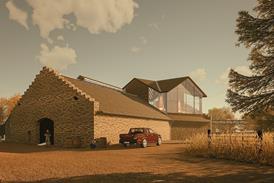

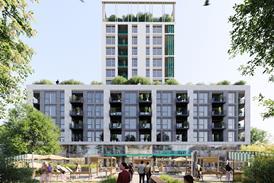
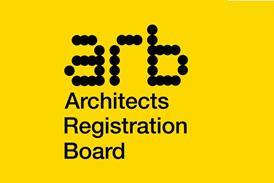
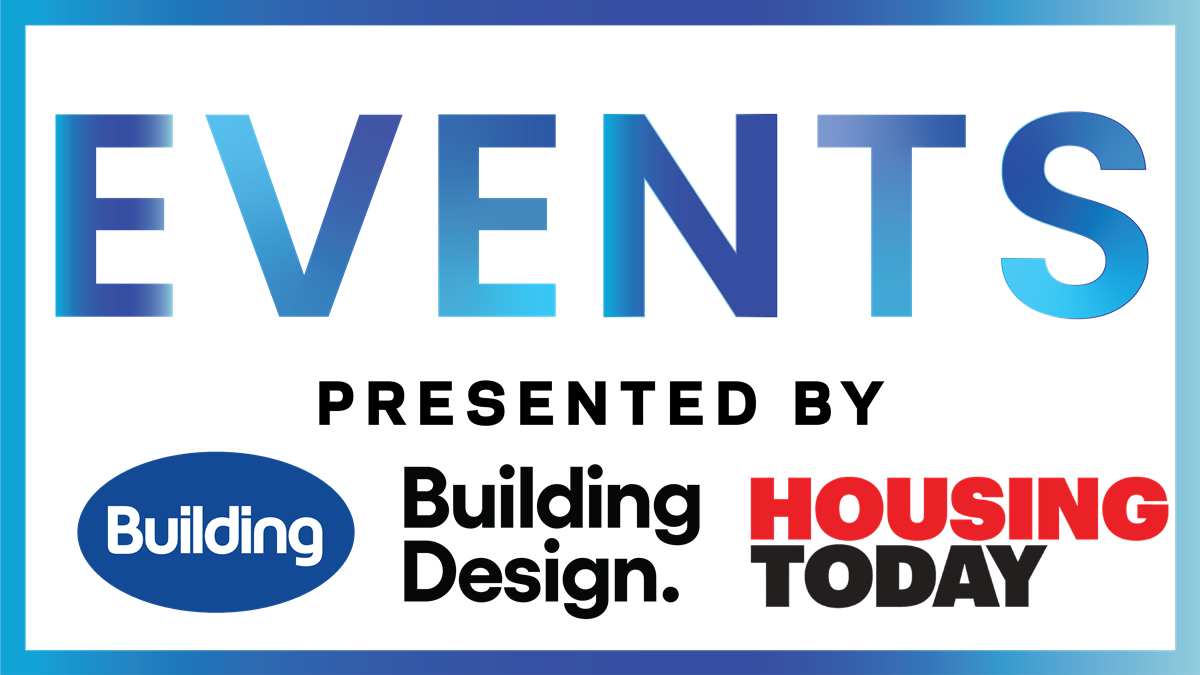
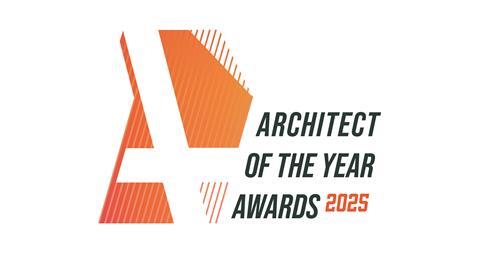
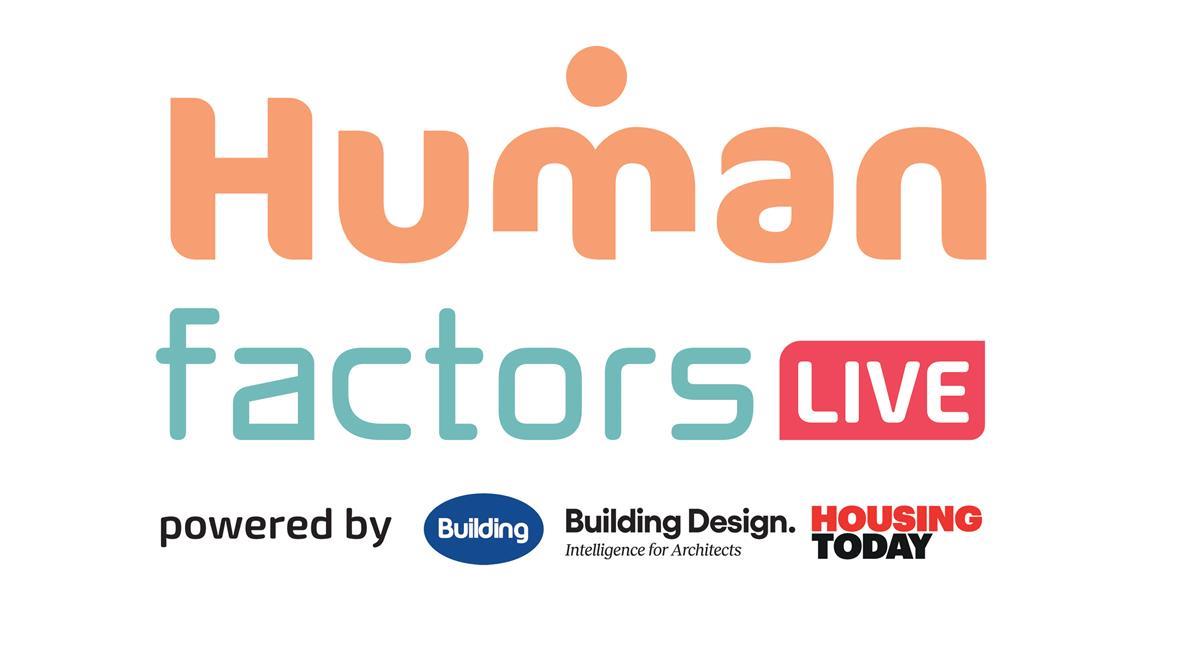







No comments yet